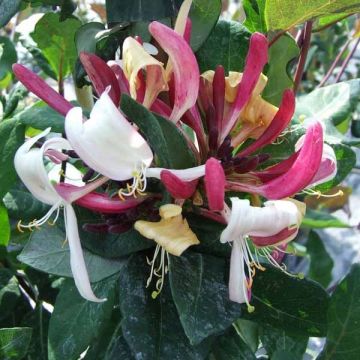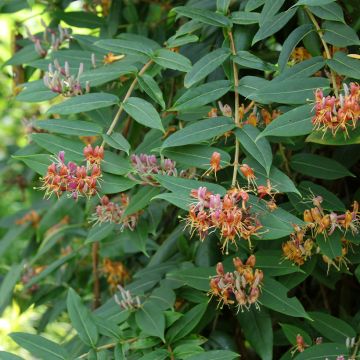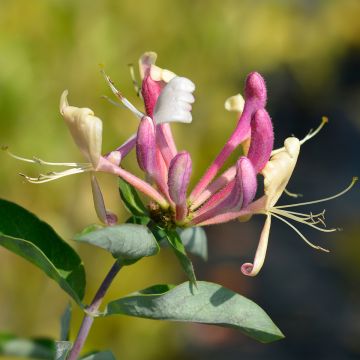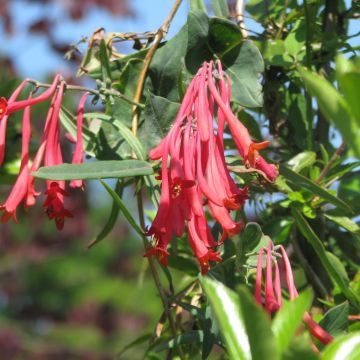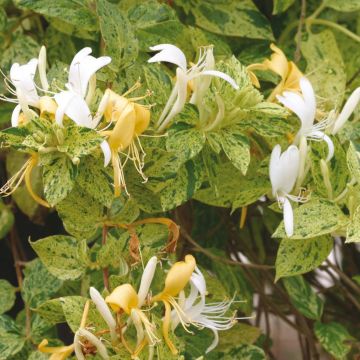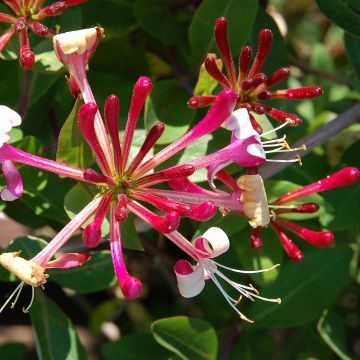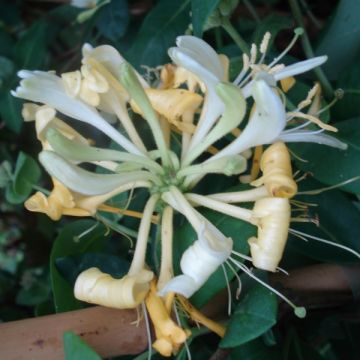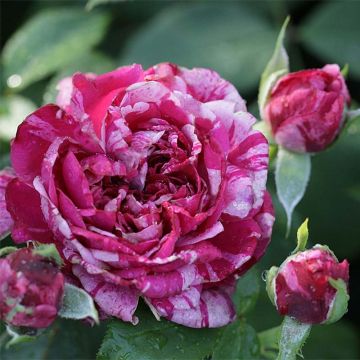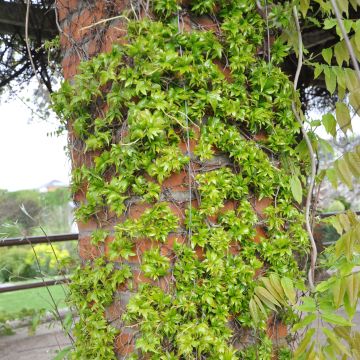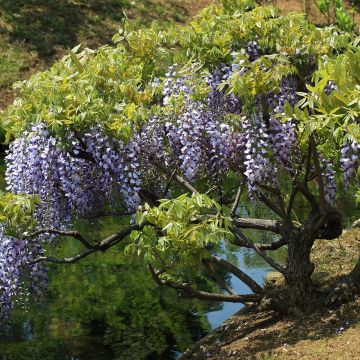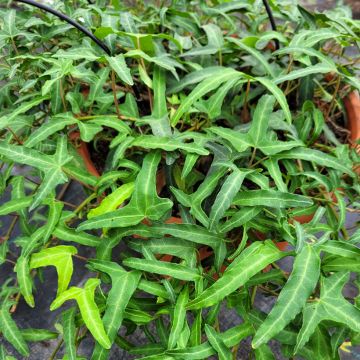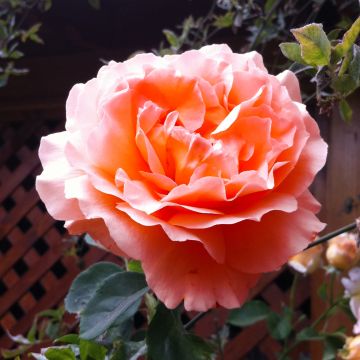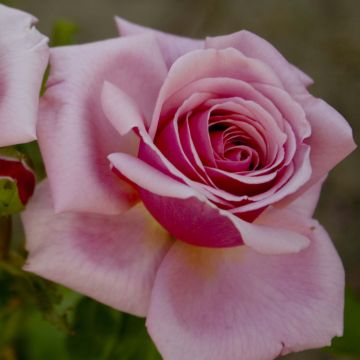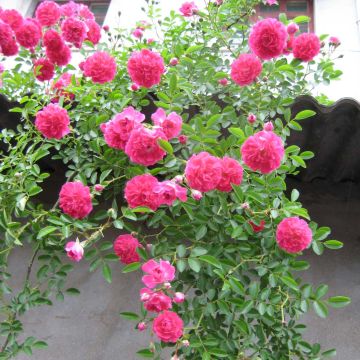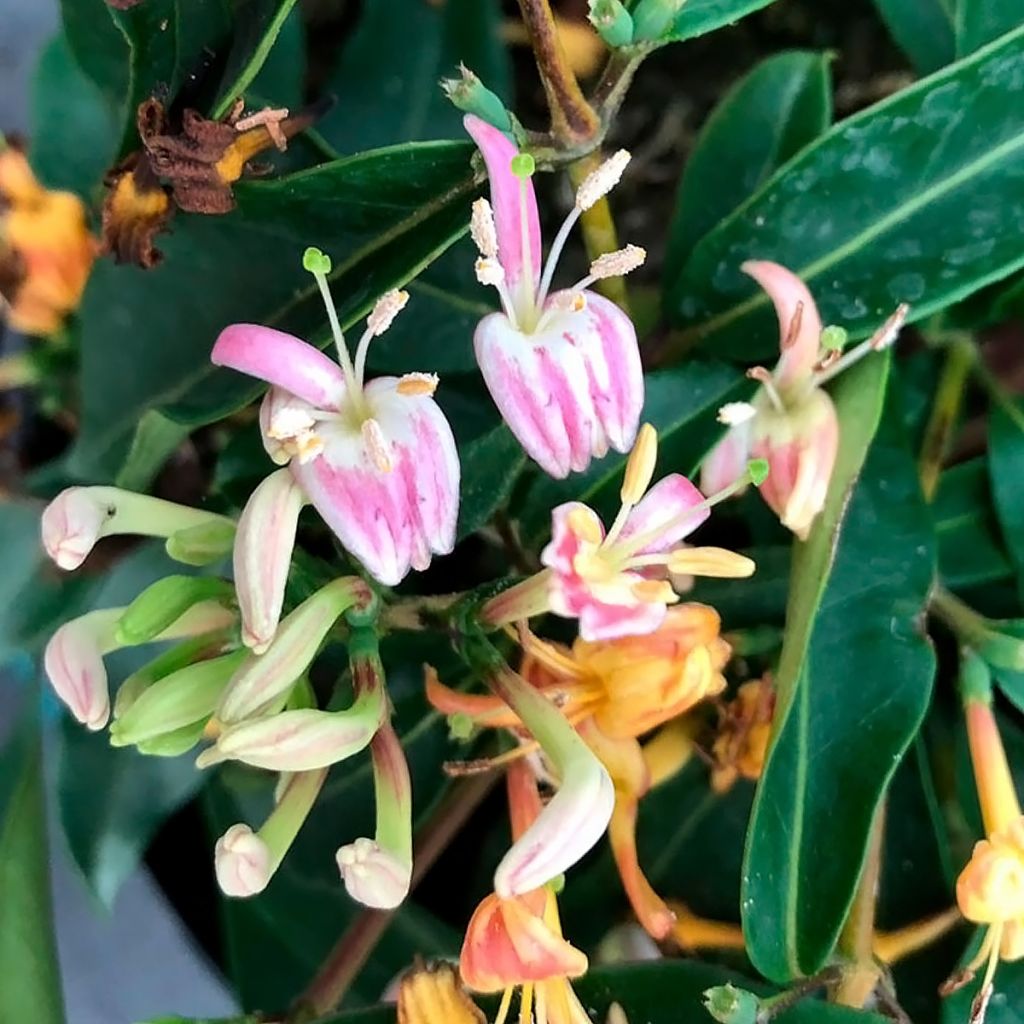

Lonicera henryi 'Marinella' ('Venloma')
Lonicera henryi 'Marinella' ('Venloma')
Lonicera x henryi Marinella 'Venloma'
Henry's Honeysuckle
This item cannot be shipped to the selected country
Delivery charge from €5.90
Delivery charge from €5.90
Delivery to Corse prohibited
More information
Schedule delivery date,
and select date in basket
This plant carries a 6 months recovery warranty
More information
We guarantee the quality of our plants for a full growing cycle, and will replace at our expense any plant that fails to recover under normal climatic and planting conditions.
From €5.90 for pickup delivery and €6.90 for home delivery
Express home delivery from €8.90.
From €5.90 for pickup delivery and €6.90 for home delivery
Express home delivery from €8.90.
Delivery to Corse prohibited: UE law prohibits the import of this plant from mainland France to Corse as part of the fight against Xylella fastidiosa. Please accept our sincere apologies.
More information
Does this plant fit my garden?
Set up your Plantfit profile →
Description
Lonicera 'Marinella' is a hybrid honeysuckle with moderate growth, both bushy and climbing, remarkably floriferous, adorned with beautiful evergreen foliage. It produces a multitude of flowers in shades of pink, apricot, and white, slightly fragrant, from spring to autumn without interruption. This flowering, which occurs along the stems, creates a superb contrast with the foliage and the young brown stems. If left untrained, it forms a gracefully trailing bush, which is very attractive. Naturally, it also wraps around a trellis or a small wire fence. Finally, this lovely variety also adapts very well to pot cultivation, to decorate balconies and terraces.
The 'Venloma' Marinella honeysuckle is a plant from the Caprifoliaceae family. It is a French horticultural creation awarded at the Innovert exhibition in 2022. This honeysuckle is more bushy than truly climbing, although its stems are voluble. It has a moderately fast growth rate and will reach about 3m (10ft) in height and 2m (7ft) in width if not pruned or trained to climb. Its young brown shoots give way to large ovate-lanceolate leaves, entire, leathery, and evergreen in winter. Their colour is a glossy dark green, turning dark brown in autumn and winter if it gets cold. The flowering begins in May and continues continuously until October-November, provided the soil does not dry out too much, of course. The flowers appear along the stems, in the axils of the leaves, on each new shoot produced by the plant. The elongated trumpet-shaped flowers measure about 4cm (2in) long and are gathered in small clusters. Their colour changes from pink and white to orange-yellow. They form a quite striking contrast with the foliage which is dark green with a leathery appearance. The flowering of honeysuckles is visited by bees and butterflies.
This remarkable 'Marinella' honeysuckle can be planted in the ground in any exposure, as long as the base remains shaded, but it also lends itself very well to pot cultivation. It forms a beautiful combination with clematis, on a trellis or fence, wrapping its voluble stems around the support provided. It will delight you with its generosity on the terrace or near an opening (window, entrance). It can also be installed in a hedge, in the company of flowering shrubs such as lilacs, mock oranges, Deutzias, or with evergreen shrubs such as Mahonias or holly. Its evergreen foliage allows you to create a nice privacy screen, to camouflage a wall or a small fence even in winter.
Report an error about the product description
Lonicera henryi 'Marinella' ('Venloma') in pictures
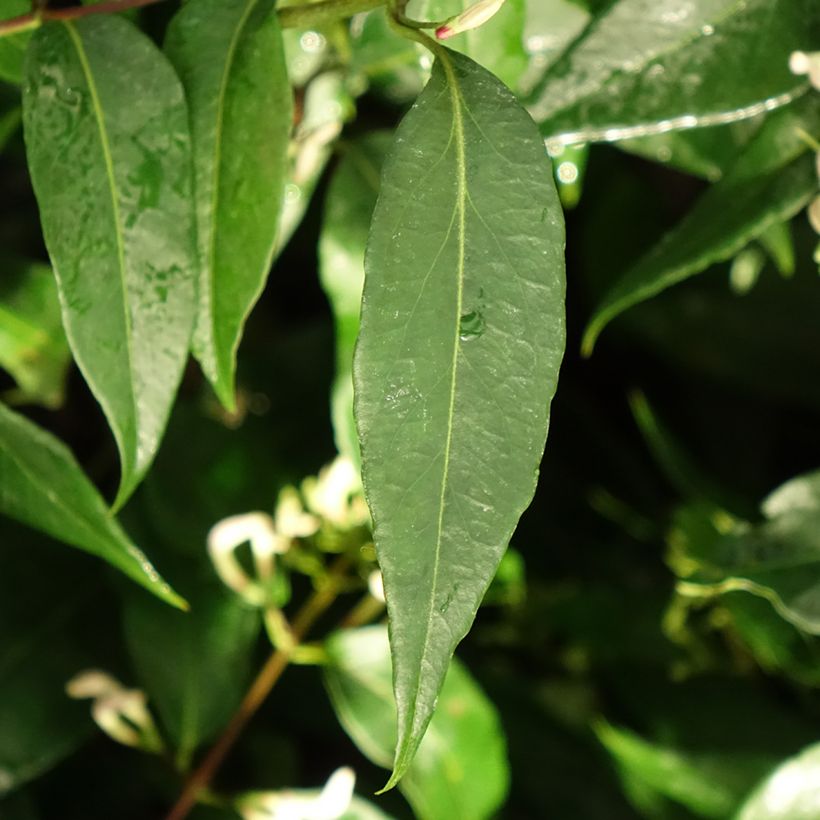

Plant habit
Flowering
Foliage
Botanical data
Lonicera
x henryi
Marinella 'Venloma'
Caprifoliaceae
Henry's Honeysuckle
Cultivar or hybrid
Other Honeysuckle
Planting and care
Plant Lonicera 'Marinella' in ordinary, preferably moist soil (not too dry in summer), with the base in shade and the top in sunlight to encourage flowering, even though this plant is tolerant of different exposures. Honeysuckles thrive in any good, deep, loose, and moderately fertile garden soil, without excessive limestone. They are hardy climbing plants, ideal for quickly dressing up a wall or arbor. Provide them with support, they will attach themselves.
Planting period
Intended location
Care
-
, onOrder confirmed
Reply from on Promesse de fleurs
Foolproof climbers
Haven't found what you were looking for?
Hardiness is the lowest winter temperature a plant can endure without suffering serious damage or even dying. However, hardiness is affected by location (a sheltered area, such as a patio), protection (winter cover) and soil type (hardiness is improved by well-drained soil).

Photo Sharing Terms & Conditions
In order to encourage gardeners to interact and share their experiences, Promesse de fleurs offers various media enabling content to be uploaded onto its Site - in particular via the ‘Photo sharing’ module.
The User agrees to refrain from:
- Posting any content that is illegal, prejudicial, insulting, racist, inciteful to hatred, revisionist, contrary to public decency, that infringes on privacy or on the privacy rights of third parties, in particular the publicity rights of persons and goods, intellectual property rights, or the right to privacy.
- Submitting content on behalf of a third party;
- Impersonate the identity of a third party and/or publish any personal information about a third party;
In general, the User undertakes to refrain from any unethical behaviour.
All Content (in particular text, comments, files, images, photos, videos, creative works, etc.), which may be subject to property or intellectual property rights, image or other private rights, shall remain the property of the User, subject to the limited rights granted by the terms of the licence granted by Promesse de fleurs as stated below. Users are at liberty to publish or not to publish such Content on the Site, notably via the ‘Photo Sharing’ facility, and accept that this Content shall be made public and freely accessible, notably on the Internet.
Users further acknowledge, undertake to have ,and guarantee that they hold all necessary rights and permissions to publish such material on the Site, in particular with regard to the legislation in force pertaining to any privacy, property, intellectual property, image, or contractual rights, or rights of any other nature. By publishing such Content on the Site, Users acknowledge accepting full liability as publishers of the Content within the meaning of the law, and grant Promesse de fleurs, free of charge, an inclusive, worldwide licence for the said Content for the entire duration of its publication, including all reproduction, representation, up/downloading, displaying, performing, transmission, and storage rights.
Users also grant permission for their name to be linked to the Content and accept that this link may not always be made available.
By engaging in posting material, Users consent to their Content becoming automatically accessible on the Internet, in particular on other sites and/or blogs and/or web pages of the Promesse de fleurs site, including in particular social pages and the Promesse de fleurs catalogue.
Users may secure the removal of entrusted content free of charge by issuing a simple request via our contact form.
The flowering period indicated on our website applies to countries and regions located in USDA zone 8 (France, the United Kingdom, Ireland, the Netherlands, etc.)
It will vary according to where you live:
- In zones 9 to 10 (Italy, Spain, Greece, etc.), flowering will occur about 2 to 4 weeks earlier.
- In zones 6 to 7 (Germany, Poland, Slovenia, and lower mountainous regions), flowering will be delayed by 2 to 3 weeks.
- In zone 5 (Central Europe, Scandinavia), blooming will be delayed by 3 to 5 weeks.
In temperate climates, pruning of spring-flowering shrubs (forsythia, spireas, etc.) should be done just after flowering.
Pruning of summer-flowering shrubs (Indian Lilac, Perovskia, etc.) can be done in winter or spring.
In cold regions as well as with frost-sensitive plants, avoid pruning too early when severe frosts may still occur.
The planting period indicated on our website applies to countries and regions located in USDA zone 8 (France, United Kingdom, Ireland, Netherlands).
It will vary according to where you live:
- In Mediterranean zones (Marseille, Madrid, Milan, etc.), autumn and winter are the best planting periods.
- In continental zones (Strasbourg, Munich, Vienna, etc.), delay planting by 2 to 3 weeks in spring and bring it forward by 2 to 4 weeks in autumn.
- In mountainous regions (the Alps, Pyrenees, Carpathians, etc.), it is best to plant in late spring (May-June) or late summer (August-September).
The harvesting period indicated on our website applies to countries and regions in USDA zone 8 (France, England, Ireland, the Netherlands).
In colder areas (Scandinavia, Poland, Austria...) fruit and vegetable harvests are likely to be delayed by 3-4 weeks.
In warmer areas (Italy, Spain, Greece, etc.), harvesting will probably take place earlier, depending on weather conditions.
The sowing periods indicated on our website apply to countries and regions within USDA Zone 8 (France, UK, Ireland, Netherlands).
In colder areas (Scandinavia, Poland, Austria...), delay any outdoor sowing by 3-4 weeks, or sow under glass.
In warmer climes (Italy, Spain, Greece, etc.), bring outdoor sowing forward by a few weeks.

































